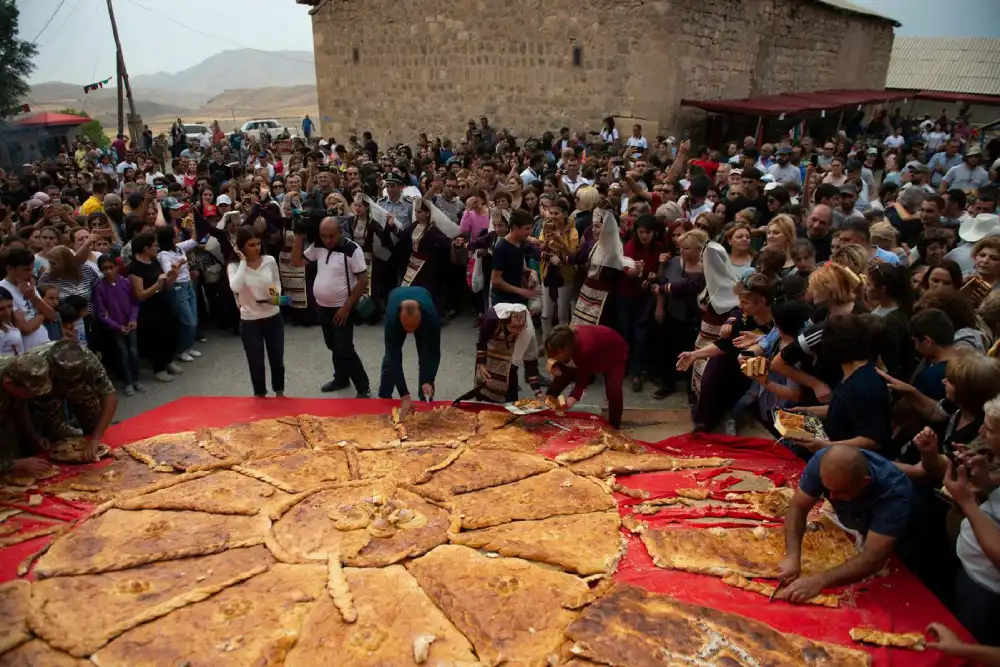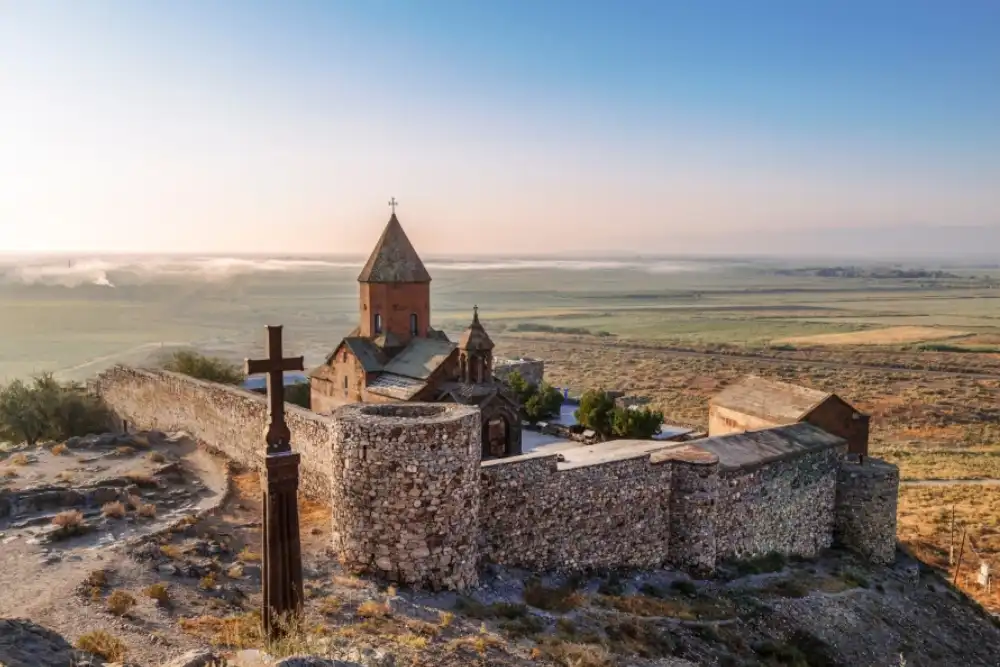Armenia, an ancient land settled in the Caucasus mountains, has a rich history and cultural heritage that has captivated travelers for centuries. Here’s a glimpse into what makes Armenia a truly unique destination.
Armenia’s Heritage Through the Ages
Armenia’s historical legacy extents millennia, with evidence of civilizations dating back to 4000 BC. This small yet culturally rich country is home to UNESCO World Heritage Sites like the Etchmiadzin Cathedral, the first Christian church in Armenia and one of the oldest in the world. Also other monasteries, that are also included in the UNESCO World Heritage Sites. The country’s architectural marvels include the Temple of Garni, a well-preserved Pagan temple from the 1st century AD.
First Christian Nation and the Armenian Church
Armenia holds the distinction of being the first country to adopt Christianity as its state religion in 301 AD. Gregory the Illuminator, credited with spreading Christianity throughout Armenia, was imprisoned in the deep dungeon of Khor Virap before his crucial role in establishing the Armenian Church. Today, the Armenian Apostolic Church stands as a testament to Armenia’s enduring faith and spiritual heritage.
Cultural Icons: Duduk and Khachkars
The beautiful duduk, a traditional Armenian woodwind instrument, has fascinated listeners for over 3000 years with its soul-stirring melodies. Recognized by UNESCO as a Masterpiece of the Intangible Heritage of Humanity, the duduk embodies Armenia’s rich musical tradition.
Khachkars, intricately carved cross-stones found throughout Armenia, symbolize the fusion of Christian artistry and Armenian craftsmanship dating back to the 4th century. These stone artworks, found in places like Noratus Cemetery, are revered as a symbol of cultural identity and spiritual expression.
Ararat: The Legendary Mountain
Mount Ararat, though located in modern-day Turkey, holds deep cultural significance for Armenians as a symbol of national pride and biblical heritage. According to biblical accounts, it is on Mount Ararat that Noah’s Ark came to rest after the Great Flood. On clear days, its majestic silhouette can be admired from Yerevan, serving as a constant reminder of Armenia’s ancient roots.
Culinary Delights and Lavash
Armenian cuisine is a delight for the senses, with dishes like lavash, a traditional flatbread recognized by UNESCO for its cultural importance. Lavash is baked in a tonir, a traditional underground clay oven, and remains a staple in Armenian cuisine to this day. The country’s fertile land also yields delicious apricots and pomegranates, celebrated both for their flavor and cultural symbolism.
Armenian Brandy and Winemaking
Armenia boasts a long tradition of winemaking, with the world’s oldest known winery discovered in the Areni-1 Cave dating back to 6100 BC. Armenian brandy, particularly renowned after Joseph Stalin gifted Winston Churchill with a bottle at the Yalta Conference, continues to uphold its reputation for quality and craftsmanship at the renowned Ararat Brandy Factory in Yerevan.
Preserving Cultural Heritage
Beyond its natural and culinary wonders, Armenia cherishes its artistic and historical treasures. Carpets, an integral part of Armenian homes and traditions, showcase intricate designs and craftsmanship. The Megerian Carpet Center and Tufenkian Hotel offer insights into the age-old art of Armenian carpet weaving.
Armenia’s charm lies in its ability to blend ancient traditions with modern aspirations, offering travelers a glimpse into a culture shaped by centuries of history. From spiritual landmarks like Tatev Monastery to culinary delights and ancient winemaking traditions, Armenia indicates with its rich experiences waiting to be explored.













